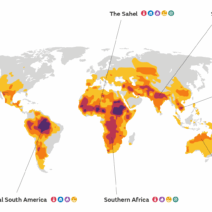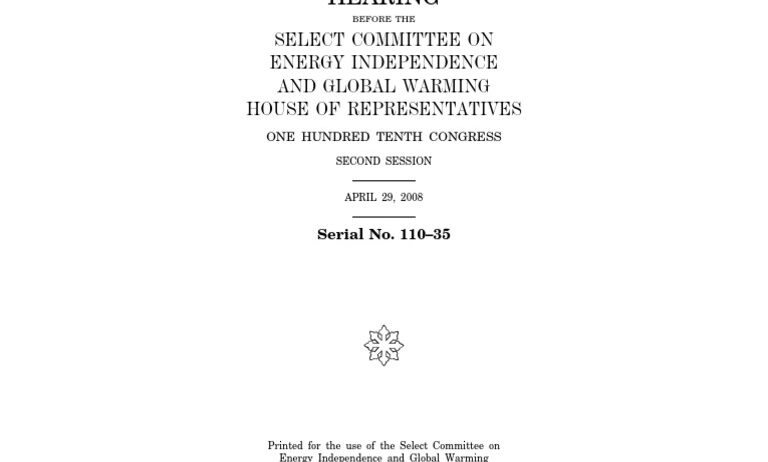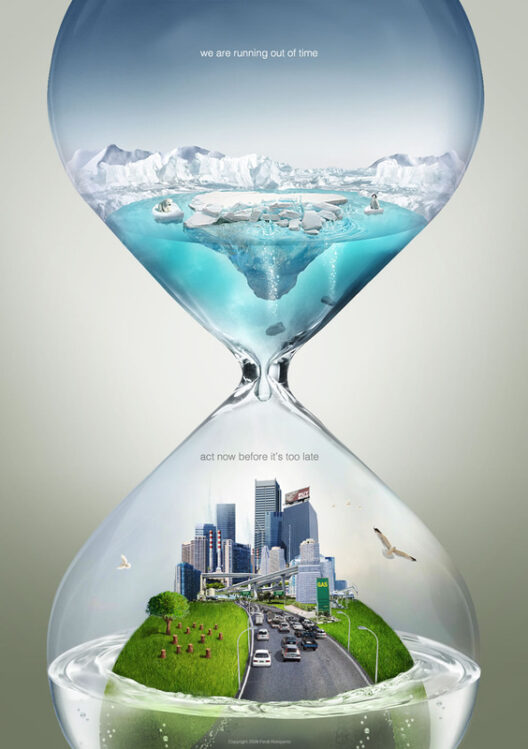As the sun rises over coastlines worldwide, casting silken rays upon tranquil waters, the specter of rising tides looms ominously in the background. Coastal communities, once bastions of tranquil existence, now grapple with an insidious threat—global warming. The relentless rise in sea levels serves as a clarion call, heralding a future where the shores of our existence are irrevocably altered. This phenomenon evokes a duality of beauty and dread, where the very essence of life intertwined with the ocean is ensnared in a precarious dance of nature and climate.
At the heart of this discourse lies the undeniable connection between atmospheric warming and hydrological patterns, a complex interplay that scientists have meticulously documented. The primary driver of glacial melt and thermal expansion of seawater is the greenhouse gas emissions perpetrated largely by human activity. The ever-increasing concentration of carbon dioxide and other pollutants in our atmosphere is akin to an ethereal quilt, trapping heat and elevating ocean temperatures. As temperatures rise, glaciers—those ancient sentinels of our planet’s history—fracture and slide into the abyss, contributing to the rising tide that threatens to engulf homes, habitats, and heritage.
The plight of coastal communities embodies a narrative rich in resilience yet fraught with uncertainty. From the sandy shores of Miami to the rugged cliffs of San Francisco, these locales serve as poignant illustrations of both vulnerability and the tenacity of human spirit. The metaphor of the tide has never been more fitting; it brings both nourishment and destruction. Picture fishermen casting nets, their livelihoods dangling delicately between prosperity and peril. The rise in sea levels transforms once-thriving industries into ghostly remnants, leaving countless families adrift in an economic maelstrom.
As the tide rises, so too does the specter of insecurity. The increasing incidence of flooding, saltwater intrusion, and more ferocious storms serves to erode not just physical structures but also the very fabric of communities. Infrastructure—bridges, roads, and even schools—is put to the test, as it is forced to adapt to a new reality. Coastal cities are engaging in a Sisyphean struggle, erecting barriers, and fortifications in a desperate bid to hold back the encroaching waters. But this fight against nature’s inexorable momentum often leaves them grappling with the inadequacy of resources. In this battle, the illusion of control slips through fingers like the very sand beneath their feet.
In contemplating the future, one cannot ignore a key element: the disproportionate impact on marginalized populations. The rising tide of climate change exacerbates existing inequalities, further isolating vulnerable groups and overwhelmed local governments. In Miami, for instance, neighborhoods with the least resources bear the brunt of flooding events, often resulting in displacement and forced migration. The once vibrant tapestry of a community can unravel rapidly when rising tides breed desperation. This enlightening yet disquieting reality highlights an urgent need for equitable policy measures that address both climate adaptation and social justice.
Adaptation strategies must be multifaceted, encompassing infrastructural, ecological, and community-based approaches. Coastal cities can draw inspiration from nature, implementing smart designs that mimic the protective features of ecosystems. Living shorelines and restored wetlands are not just ecological marvels; they serve as effective buffers against storm surge and erosion. These initiatives underscore a paradigm shift from seeing nature as an adversary to recognizing its role as an ally in the fight against climate impacts.
Moreover, community engagement is paramount in formulating resilient strategies. Encouraging local participation fosters a sense of ownership and responsibility among residents, enabling them to frame solutions grounded in veritable and localized data. Education can serve as a beacon of hope; informed communities are more likely to advocate for and adopt sustainable practices that reduce their carbon footprints. The movement for climate justice is intricately tied to ensuring that the voices of those often silenced are amplified and incorporated into the decision-making process.
While the tide may rise, so too must our collective resolve to mitigate its damaging effects. Innovative technological advancements aim to reshape our understanding of adaptation. From floating architecture to seawalls employing advanced materials, humanity leverages ingenuity in a bid to safeguard coastal realms. These representations of progressive thought offer tantalizing glimpses of a future where harmony with nature is possible, rather than domination over it.
As the waves continue their eternal ebb and flow, we find ourselves at a critical juncture, accountable for both past neglect and future stewardship. Each decision, whether monumental or negligible, ripples through the fabric of existence, shaping our shared destiny. The narrative of rising tides invokes fear and uncertainty, yet it simultaneously illuminates an opportunity for transformative change—a chance to redefine our relationship with the coastline, with each other, and with the planet.
In our response to climate change, we are called not merely to endure but to flourish. Every effort counts, and every voice matters. The rising tides serve as a stark reminder of our fragility, but they also offer a unique appeal for reimagining our world—one where communities are resilient, ecosystems are nurtured, and humanity embraces its stewardship of the planet with unwavering commitment. The journey ahead may be fraught with challenges, yet, standing steadfast at the shoreline, we hold immense power to shape the tomorrow that awaits us.








